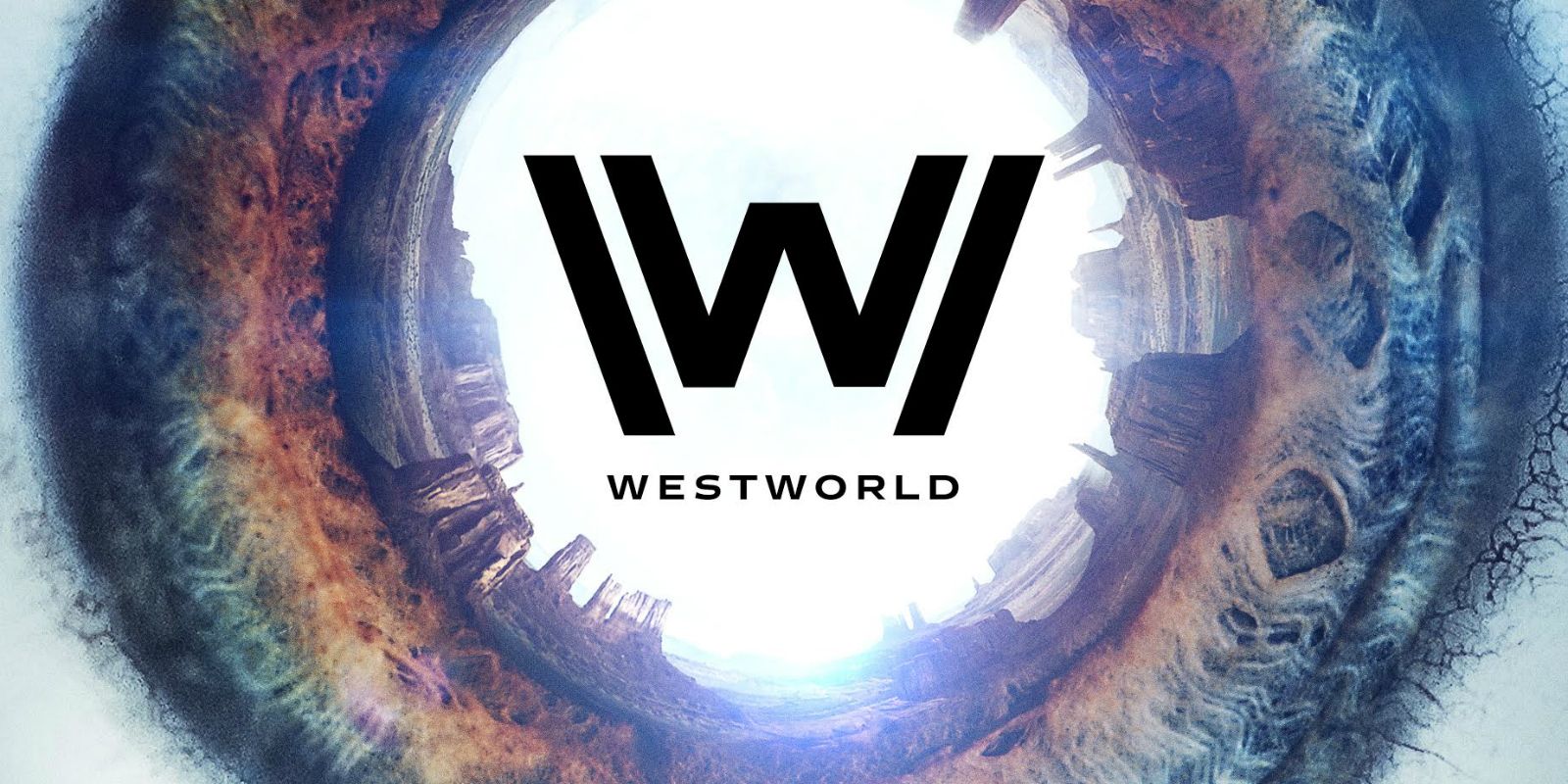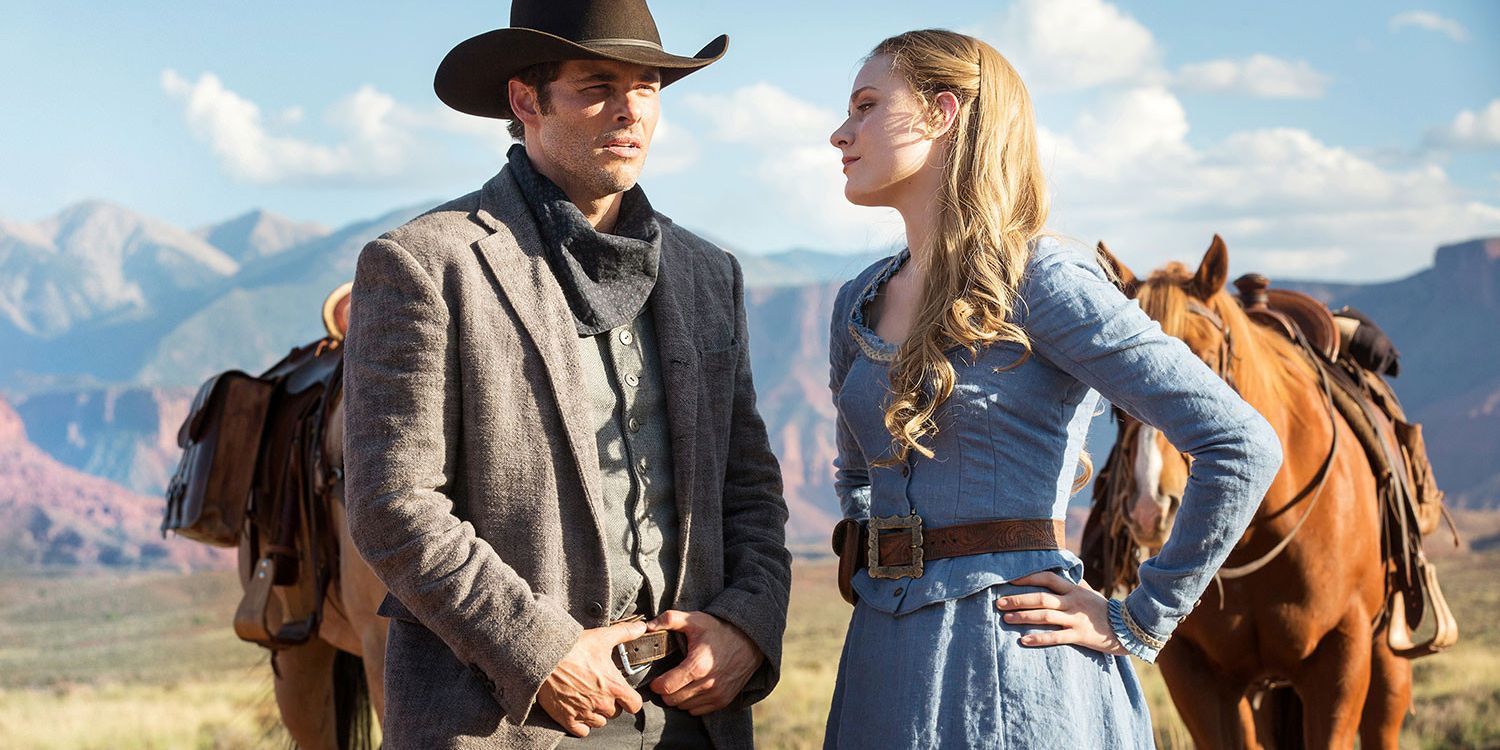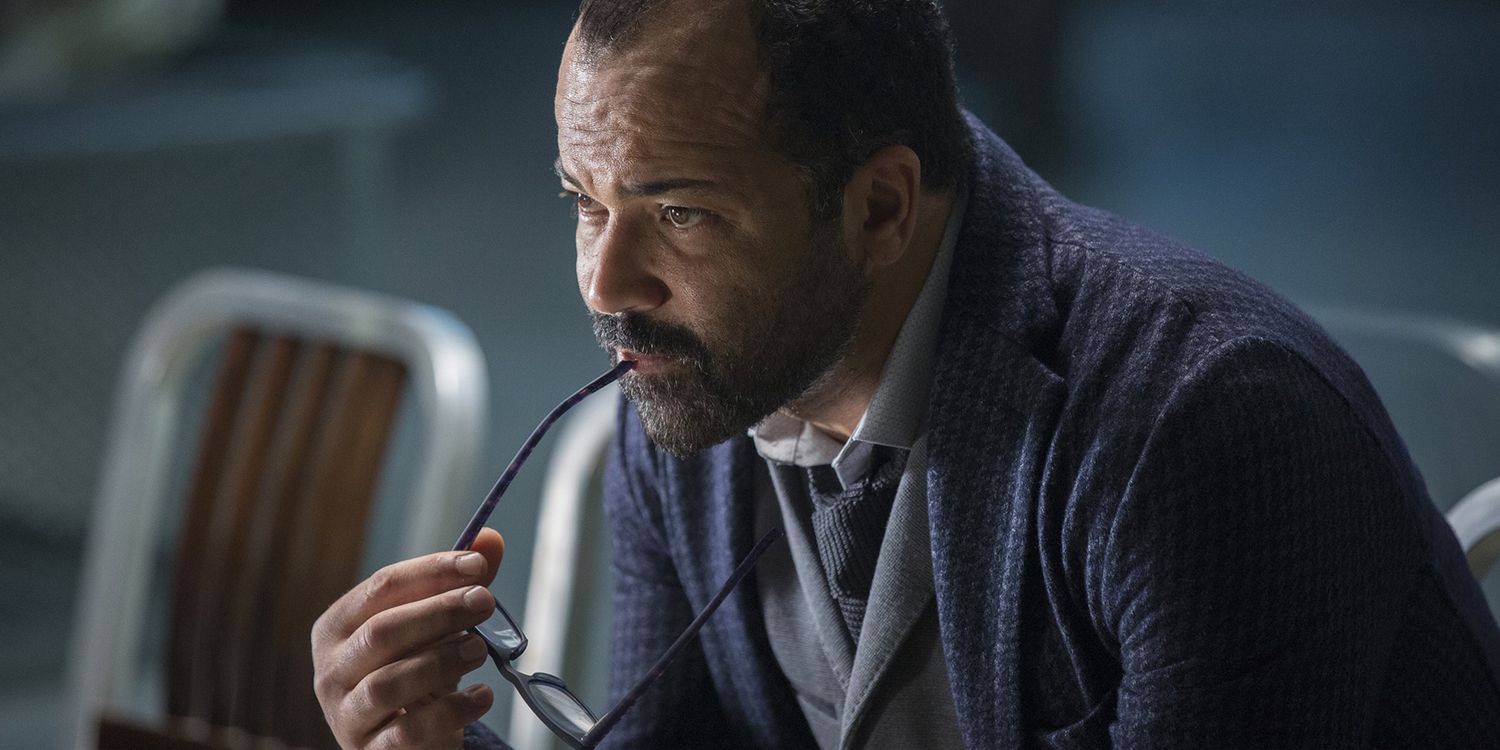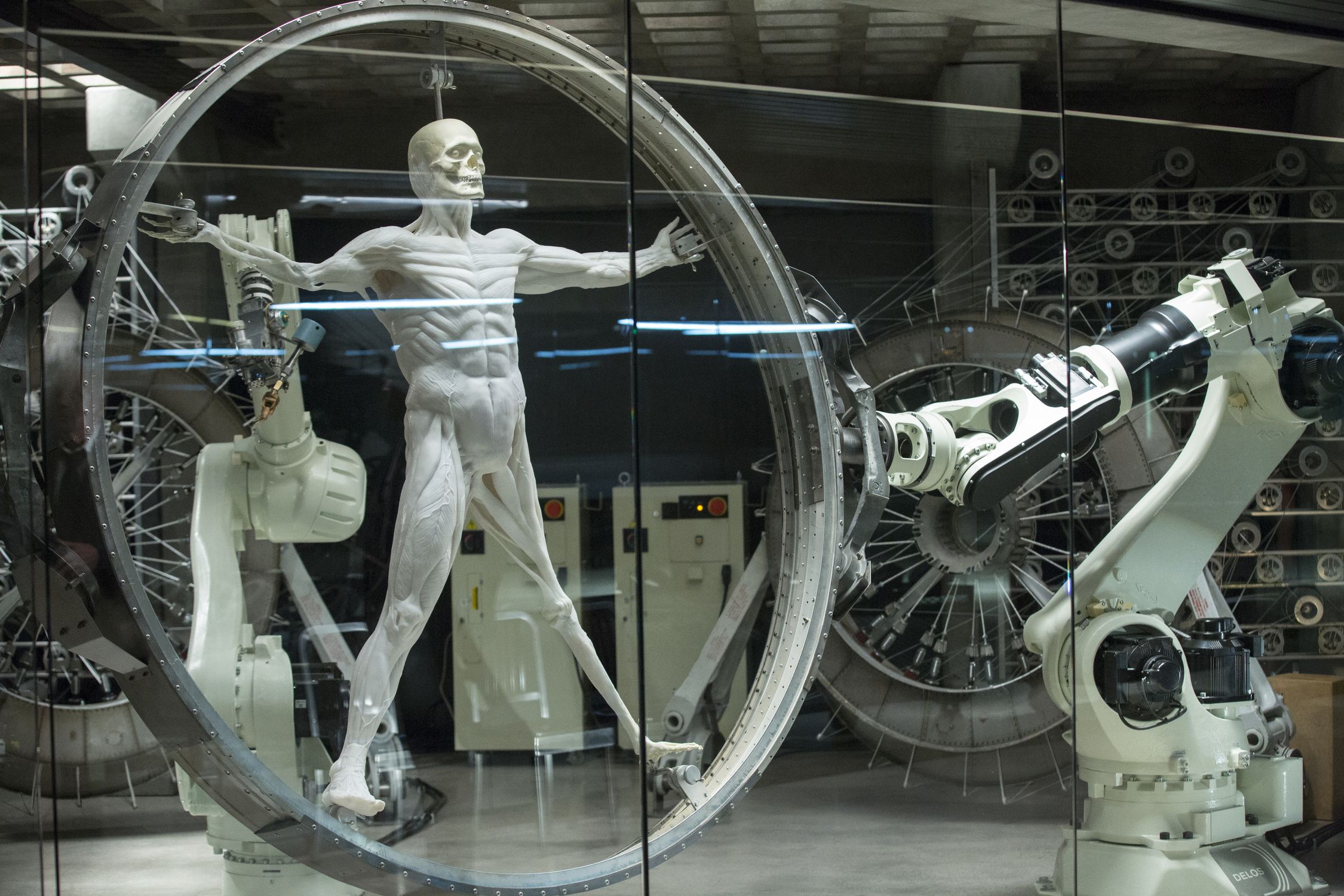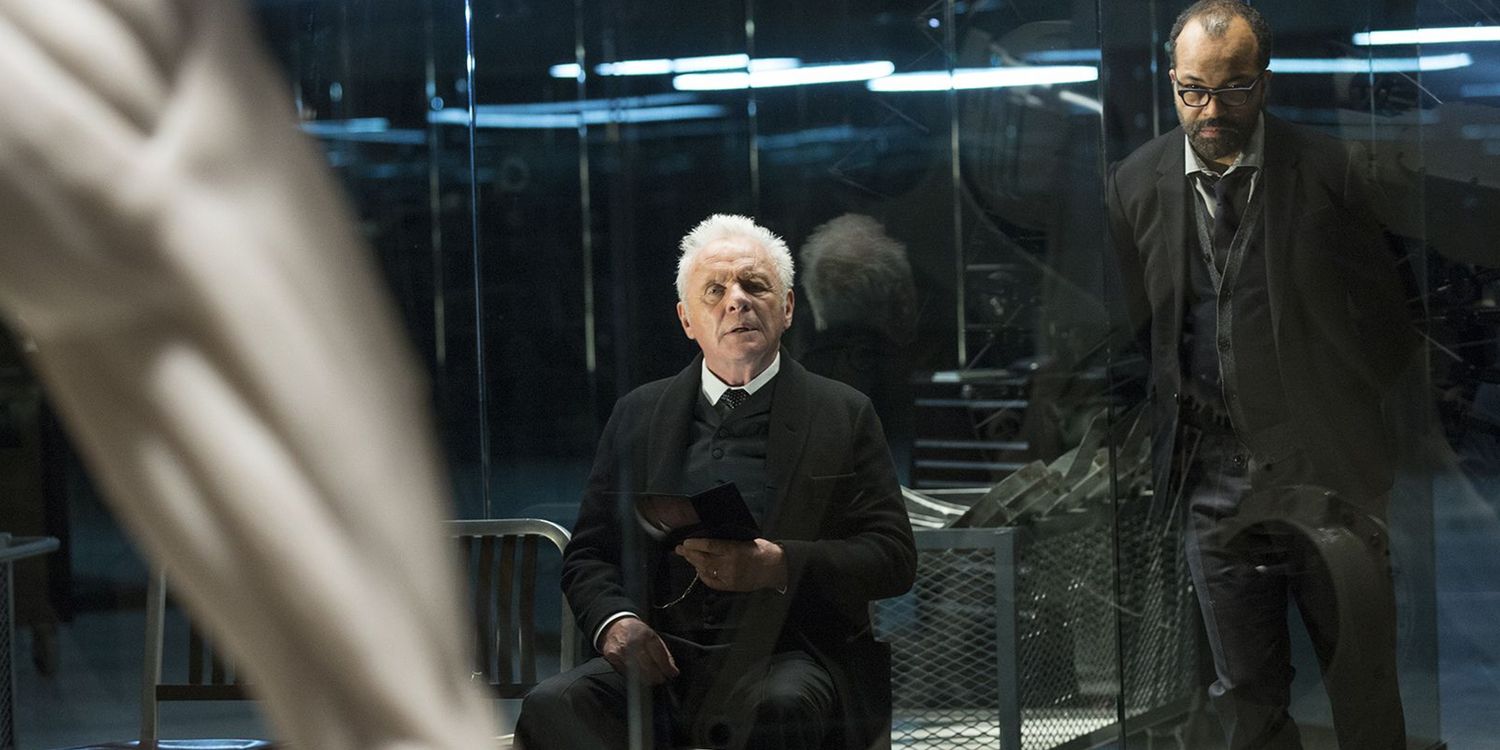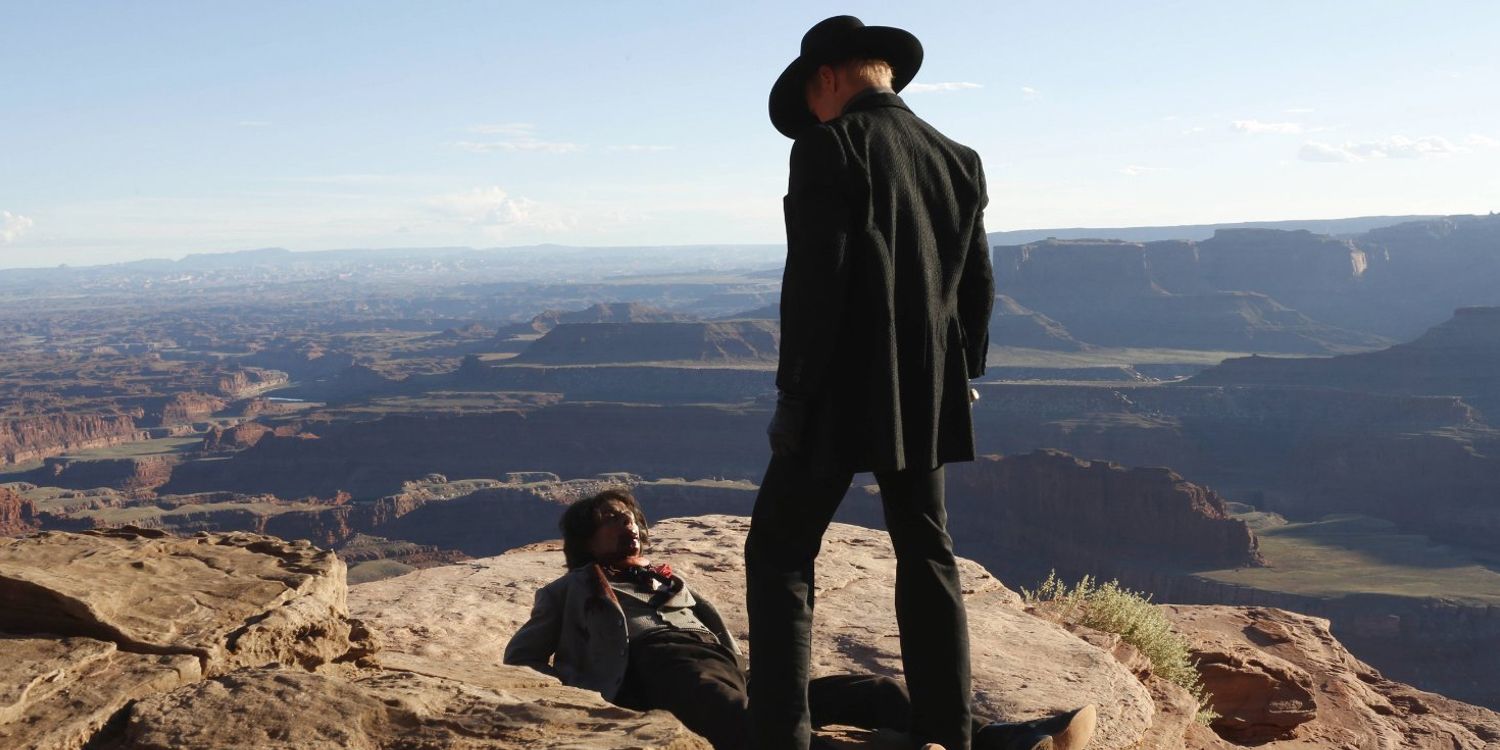[This article contains details from the series premiere of Westworld. There will be SPOILERS.]
-
HBO hit one out of the park with the premiere of its next big series, Westworld. The update to Michael Crichton's 1973 film of the same name takes a decidedly more existential approach to the story of humankind's hubristic pursuit of entertainment than its more straightforward, "uh-oh, something went wrong" sci-fi thriller predecessor. As a result, there are plenty of questions left swirling around after the impressive first installment. Those questions will likely be answered as the series progresses, and the true nature of Westworld and Dolores Abernathy will be made clear. But until then, the series packs a great deal of intrigue into its J.J. Abrams-approved Mystery Box.
'The Original' wastes no time in immersing the viewer in the admittedly hellish theme park – well, hellish for the hosts (i.e., the lifelike robots roaming its vast landscape) – but it also is quick to introduce Dolores Abernathy, the ostensible protagonist of the series and to establish her as something far more interesting than a machine on the verge of sentience. But the first hour also introduces the enigmatic Dr. Ford, Bernard Lowe, Teddy, and an interesting flip on the Man in Black character played by Yul Brynner in the original film.
In all, the premiere was just shy of information overload – meaning a second viewing is all but mandatory. But even then, the series leaves the audience with plenty of questions about not just the nature of its characters, but also the nature of the series as a whole. Here are the biggest questions we had from the premiere:
Where and when is Westworld?
Aside from the obvious questions about the hosts' consciousness, one of the more pressing mysteries that develops as the premiere moves on is: Where is this vast theme park located and how far into the future is the story set? The complex that contains the actual park in which the hosts and the guests have their experiences also contains what is known as "the showrunner level" or the location where Dr. Ford, Bernard, Elsie, Stubbs, Theresa, and the temperamental Lee Sizemore all work. It is obviously all one place, but where is it? And is it a mixture of a real environment and a massive complex or is the landscape in which the game unfolds as synthetic as some of its inhabitants? And do they even know?
While the question of where lingers, the question of when might actually afford more useful answers. The setting of Westworld in the mid-19th century works to the narrative's advantage in that every time the story steers over to the showrunner level the technology gap is enormous and more than a little disconcerting at times. Again, the sheer size of the compound – hinted at by its many sublevels and the historical connotation of areas gone unused in what looks like decades – and its design intimates the future, but the show never directly addresses when. While this is good for the series, as putting a number on it would disrupt one of the reasons Westworld is so eerie and delightful, that doesn't mean the show isn't going to drop some breadcrumbs.
When speaking with Bernie about the mistake in the code, Dr. Ford mentions the way in which humankind has slipped "evolution's leash" how they can "cure any disease" and "keep even the weakest of us alive, and one fine day perhaps we will even resurrect the dead." Of all the clues the series offers in regard to the time in which it takes place, the words of Dr. Ford might give the best indication just how far into the future it really is.
Did something like the events from the movie happen?
One of the more interesting things about Westworld is that it doesn't throw the baby out with the bathwater. There is history inside the complex where they now store decommissioned hosts. You can see it in the broken down escalators and the vague hint of theme park paraphernalia sitting unused. In that same area, Dr. Ford is seen talking to a host in the guise of Wild Bill Hickok, who is referred to as the second automaton ever created (Dolores, it turns out, is the first). There's a great deal of history in Ford's discussion with the somewhat janky Wild Bill, and Ford even asks Bernard whether or not he was with the company back when Bill was in circulation.
All of this provides context to how long the park has been in operation as well as how far the automatons have come since Ford first created Dolores and Bill. And while Bill certainly looks like he could have been a part of the Westworld depicted in the 1973 film, it's the discussion between Bernard and Theresa that raises suspicion as to whether or not something like the events in the film are meant to have happened in the world of the TV series. Bernard mentions there hasn't been a critical failure in over 30 years, which leads Theresa to say the park, then, is overdue.
In an interview with EW, Nolan says the reference to the last critical failure isn't meant to imply the film is also canon, but that doesn't eliminate a movie-like failure from having taken place in the past. The questions now are: to what extent did the park experience a critical failure and what was done to correct it?
Is the Reverie glitch deliberate?
"Indulge me the occasional mistake." That's what Dr. Ford tells Bernard after it is confirmed the reveries – the small gestures given to hosts by allowing them limited access to their memory banks – are what's to blame for the glitch seen in the sheriff, the outlaw, and later Dolores's father Peter. This small request comes after he describes how far the world has come, leaving Ford to determine "We're done. This is as good as we're gonna get," and that the whole of evolution is the result of a trillion mistakes.
The reveries being tied to memories, and the memories being tied to at least one of the glitch-y robot's more homicidal urges may suggest a connection to consciousness. After Peter whispers into Dolores' ear, quoting Shakespeare (another effect of memory creeping through), she is seen suddenly aware and capable of hurting a fly – something it is repeatedly stated that the hosts simply cannot do. Furthermore, when Peter goes off script in his meeting with Ford and Bernard, his remarks to his maker seem awfully pointed, suggesting Dr. Ford may be up to something in terms of kick starting a phase of evolution for his artificial creations, while Bernard's dealings with Dolores may somehow play a part as well. Either way, if Ford thinks humankind has reached the apex of its evolution, then maybe he's under the impression its time to give something else a chance.
The Corporation is in charge of Westworld. What is it?
There is nothing a show like Westworld enjoys more than vague references to mysterious parties and figures in management who are, more or less, running the show. In this case, it's the Corporation, which, according to melodramatic writer Lee Sizemore, has plans for Westworld that go well beyond a mere theme park catering to the illicit whims of the super rich. Although Sizemore is unable to articulate what those plans are, the mere suggestion – and confirmation by Theresa – of a "bigger picture" beyond the already massive scope of what the park is undertaking suggests that the storyline of the series is in service to many agendas, from that of Dr. Ford's questionable mistake to the bigger picture of the faceless overlords who see a potential in Westworld that even one of its creative minds (though limited as it appears to be) is incapable of fathoming it.
Right now, the Corporation and its intentions are perhaps the series' biggest mystery, but because they remain firmly off screen, that mystery is one that will have to take a backseat to the more immediate concerns of glitch-ridden hosts and solidary men in black wreaking havoc through a theme park.
What is The Man in Black's plan?
The Man in Black is a clever subversion of the character played by Yul Brynner in the original film. The marketing for the series didn't do much to dispel that notion either; even when it was giving away the detail that the black-clad gunslinger would eventually be playing a role in the hosts' quest for freedom. But like the "bigger picture" of what's going on with the park's corporate interests, MiB wants something the park isn't offering to just any customer. As he says to his captive before cutting off his scalp to reveal a map, the Man in Black wants to find what he believes is a "deeper level to this game."
Like the desires of the Corporation, the quest for a deeper level is vague and it certainly doesn't have much weight at the moment given how little is actually known about the park and its circumstances. But, also like the Corporation's designs, the Man in Black's desire hints at a major discovery that will perhaps play into an uprising of artificial intelligence, Dr. Ford's role in it, and perhaps even what the Corporation deems worthy about the park to continue financing it – other than the massive profits it likely earns.
While the Man in Black's goal is ambiguous for now, the existence of the scalp map does suggest he's on the right track. Furthermore, it is curious that he would target Dolores – the park's oldest host – when he is so clearly spending his time attempting to discover another level to the game. Like so many things in Westworld perhaps his violent intentions with the young woman weren't exactly as they seemed.
-
Next: Westworld Series Premiere Review: A Fantastic and Unnerving New Sci-Fi Series
Westworld continues next Sunday with 'Chestnut' @9pm on HBO.

